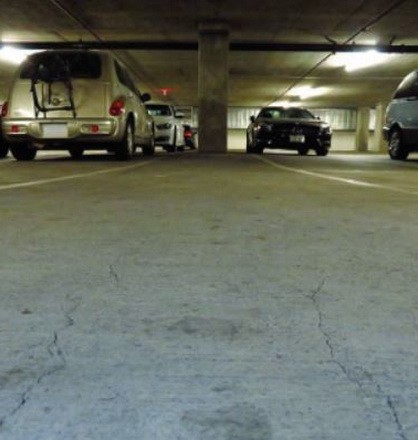
While radial and spiderweb cracking sometimes are interpreted to be symptoms of elevated punching shear stress, and therefore are mistakenly interpreted to signify high risk conditions, analysis and research both demonstrate that these crack patterns are actually characteristic of flexural behavior that typically manifests at loads significantly below ultimate punching shear capacity,
In this article, engineers Terrence Paret, Hayley Proctor, Gwenyth Searer, and Prateek Shah explore radial and spiderweb cracking in reinforced concrete two-way flat plates and flat slabs and the underlying reasons for it.
This article was originally published in the September 2024 issue of STRUCTURE magazine, exclusively published for the practicing structural engineer.
RELATED INFORMATION
-
 Terrence F. Paret, Senior PrincipalWJE San Francisco MORE >People | Terrence F. Paret, Senior Principal
Terrence F. Paret, Senior PrincipalWJE San Francisco MORE >People | Terrence F. Paret, Senior Principal -
 Hayley A. Proctor, Senior AssociateWJE San Francisco MORE >People | Hayley A. Proctor, Senior Associate
Hayley A. Proctor, Senior AssociateWJE San Francisco MORE >People | Hayley A. Proctor, Senior Associate -
 Gwenyth R. Searer, PrincipalWJE San Francisco MORE >People | Gwenyth R. Searer, Principal
Gwenyth R. Searer, PrincipalWJE San Francisco MORE >People | Gwenyth R. Searer, Principal -
 Prateek P. Shah, Associate IIIWJE San Francisco MORE >People | Prateek P. Shah, Associate III
Prateek P. Shah, Associate IIIWJE San Francisco MORE >People | Prateek P. Shah, Associate III -
 When the integrity or condition of a structure is in question, clients rely on us for answers MORE >Services | Structural Engineering
When the integrity or condition of a structure is in question, clients rely on us for answers MORE >Services | Structural Engineering -
 We apply the lessons learned from more than 175,000 projects to provide clients with a full... MORE >Services | Condition Evaluation
We apply the lessons learned from more than 175,000 projects to provide clients with a full... MORE >Services | Condition Evaluation -
 Thousands of clients have relied on us to accurately determine the cause and extent of damage... MORE >Services | Failure and Damage Investigation
Thousands of clients have relied on us to accurately determine the cause and extent of damage... MORE >Services | Failure and Damage Investigation -
 Our professionals deliver practical repair and rehabilitation services that maximize the... MORE >Services | Repair and Rehabilitation
Our professionals deliver practical repair and rehabilitation services that maximize the... MORE >Services | Repair and Rehabilitation



































